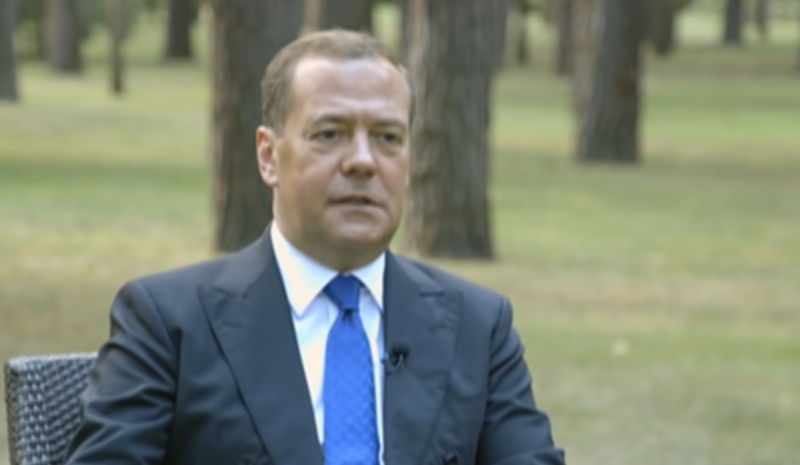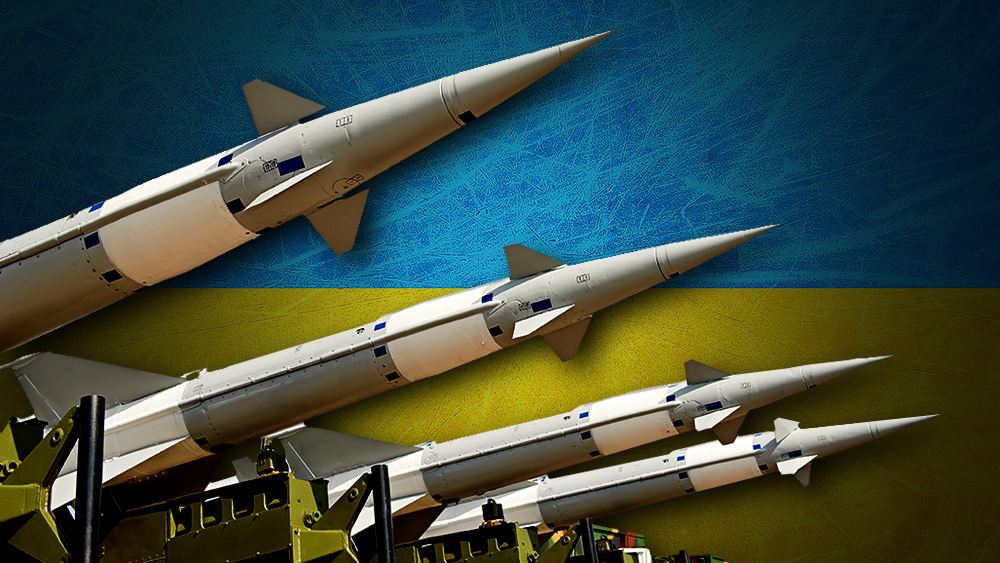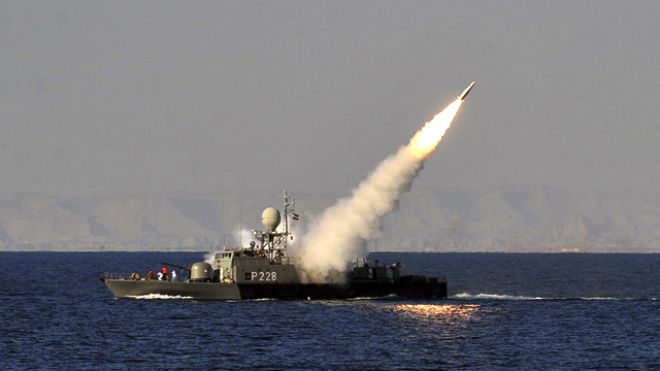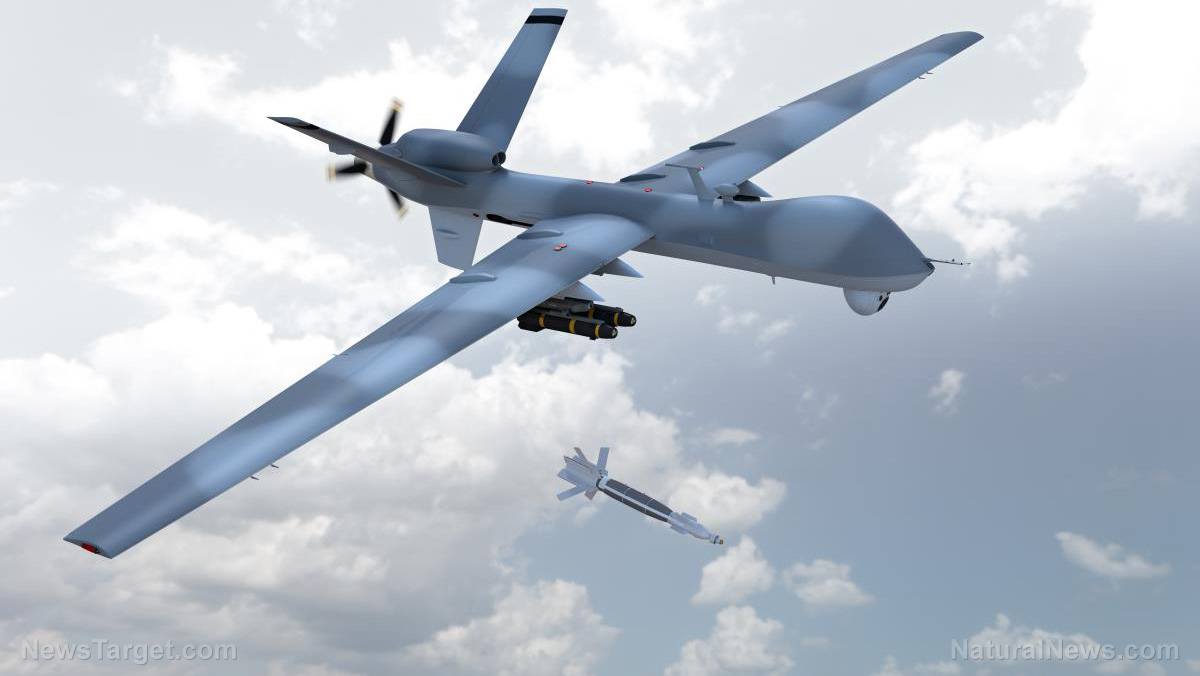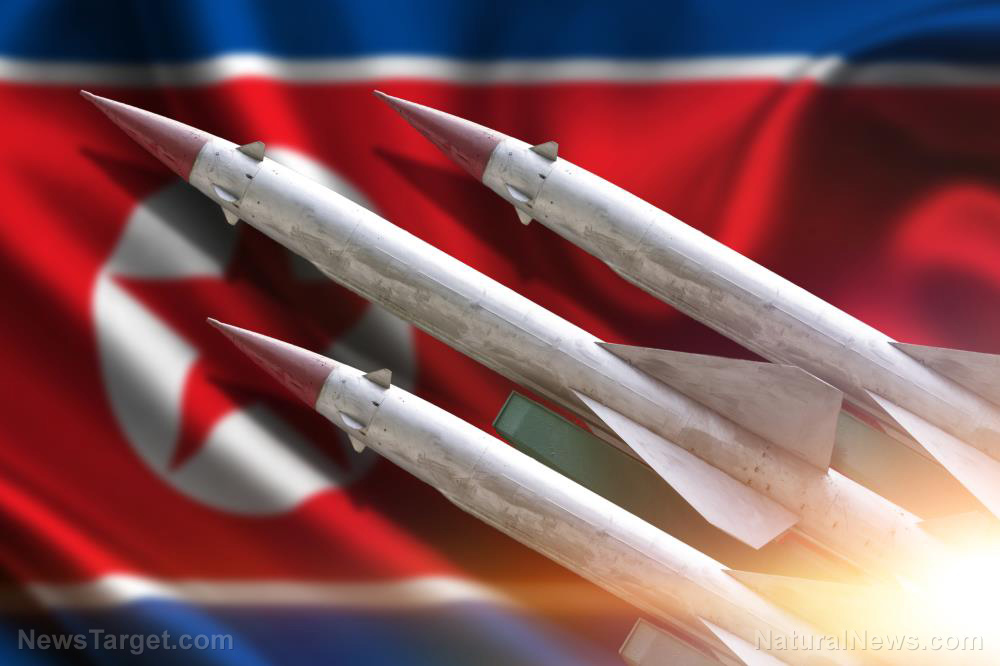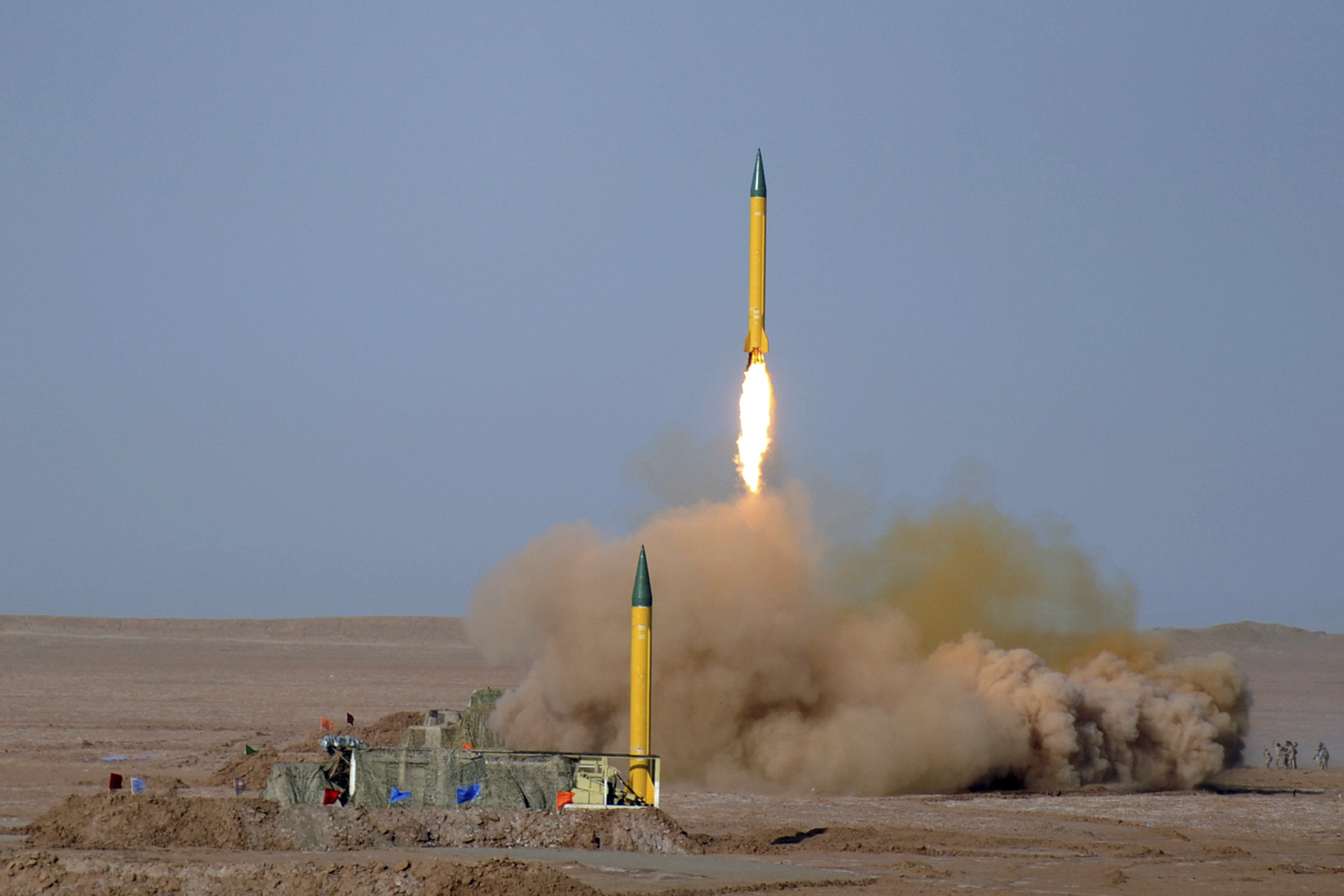Pentagon probing dozens of cases of FRAUD and CORRUPTION related to aid provided to Ukraine
02/27/2024 / By Richard Brown

The Department of Defense‘s Office of Inspector General has reported that it is currently investigating 50 cases related to aid provided to Ukraine. The investigations cover various issues, including procurement fraud, product substitution, theft, fraud, corruption and diversion.
As of now, none of the allegations have been substantiated, but the inspector general cautioned that the ongoing speed and volume of equipment flowing into Ukraine could lead to further investigations into potential abuse or diversions.
The Pentagon, along with the State Department and the United States Agency for International Development, is overseeing approximately $113 billion in aid and funds allocated for Ukraine as part of the U.S.-led “Atlantic Resolve” effort to counter Russian so-called aggression against Kyiv.
Auditors have identified “stresses and gaps” in assisting, such as incomplete manifests for shipments transferred to Ukraine through Poland.
Despite these challenges, the inspector general acknowledged that the Pentagon has responded well to Ukraine’s military assistance needs, describing it as an agile execution of a train and supply mission before much of the equipment reaches Ukraine.
The inspector general’s office has over 200 people engaged in Ukraine oversight, with plans to increase personnel working within the country from the current 28, including two at the U.S. embassy in Kyiv.
Ongoing audits include an evaluation of 155-millimeter artillery shells, a crucial munition for Ukraine, to determine whether the US has met its goals while balancing its own reserves, training and operational needs.
To date, the U.S. has approved approximately $113 billion in aid for Ukraine through four supplemental emergency appropriations, primarily allocated for military purposes. (Related: EU agrees to provide $55 billion aid package for Ukraine as U.S. aid stalls.)
Over $62.3 billion has been designated for military assistance, which includes weaponry valued at a minimum of $23.5 billion from the Pentagon. In contrast, humanitarian assistance has accounted for about $3 billion.
Advocates for increased aid argue that a significant portion of the military assistance benefits the U.S. defense industry, asserting that this approach is a cost-effective means of weakening Russia’s military assets.
Ukraine aid depleting U.S. military stockpiles
Critics contend that the substantial military aid to Ukraine is depleting U.S. military stockpiles and potentially undermining military readiness. Some also call for heightened oversight due to concerns about corruption within the Ukrainian government.
The current request before the House includes a total of $105 billion in security assistance, encompassing support for Ukraine, Israel, Taiwan and the U.S. southern border.
The Ukraine-specific portion of this package exceeds $61 billion, while only $6.4 billion is earmarked for U.S. border operations.
This aid proposal is separate from the defense appropriations bill recently passed by Congress, which includes $600 million in military aid for Ukraine and funding for a special inspector general to oversee aid distribution.
The delay in voting on the funding request is attributed to House Republican leaders seeking additional commitments for enhanced security measures at the U.S. southern border.
Some lawmakers resist an additional emergency spending bill, advocating for the integration of Ukraine aid into the regular 2024 budgetary process.
The House Republican leadership’s reluctance to pass the Biden administration’s emergency aid bill without assurances of increased security measures at the U.S. southern border is the primary cause of the current congressional holdup. Some lawmakers oppose an additional emergency spending bill and prefer incorporating Ukraine aid into the standard budgetary process in 2024. As the holiday recess approaches, a resolution to the current impasse before the new year appears unlikely.
If the U.S. aid does not materialize, Ukraine may explore alternative sources of support from other sympathetic nations.
Thus far, 46 countries, including the U.K., France, Germany, Estonia, Latvia, Lithuania, Poland and Bulgaria, have provided various forms of military aid.
Japan has contributed over $7 billion in economic assistance, while the European Union has been the predominant financial contributor, offering nearly $80 billion.
However, no other country possesses the military resources capable of matching the level of aid currently under consideration by the U.S. Congress. A delay or substantial reduction in U.S. military assistance could significantly impact Ukraine’s ability to sustain its fight against Russia.
Watch this episode of “The New Atlas” as host Brian Berletic comments on the Pentagon’s admission that the level of aid it sends to Ukraine is unsustainable.
This video is from the channel The Prisoner on Brighteon.com.
More related stories:
OOPS! Pentagon overvalued “military aid” to Ukraine by at least $3 billion.
Pentagon admits to $3B “accounting error” in Ukraine aid, which means more goodies for Zelensky.
Sources include:
Submit a correction >>
Tagged Under:
big government, chaos, conspiracy, corruption, deception, Department of Defense, insanity, military aid, military assistance, military tech, military technology, money supply, national debt, rigged, Russia-Ukraine war, traitors, treason, Ukraine, weapons technology, WWIII
This article may contain statements that reflect the opinion of the author
RECENT NEWS & ARTICLES
COPYRIGHT © 2018 MILITARYTECH.NEWS
All content posted on this site is protected under Free Speech. MilitaryTech.news is not responsible for content written by contributing authors. The information on this site is provided for educational and entertainment purposes only. It is not intended as a substitute for professional advice of any kind. MilitaryTech.news assumes no responsibility for the use or misuse of this material. All trademarks, registered trademarks and service marks mentioned on this site are the property of their respective owners.







